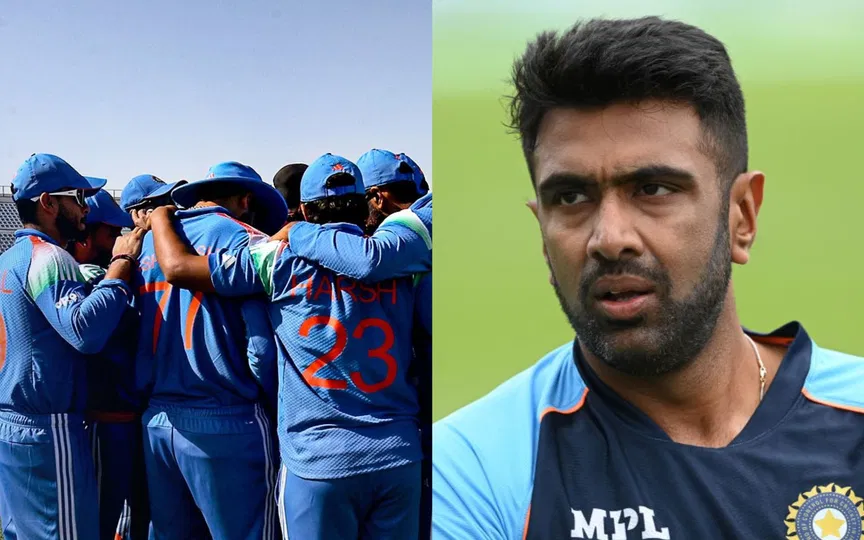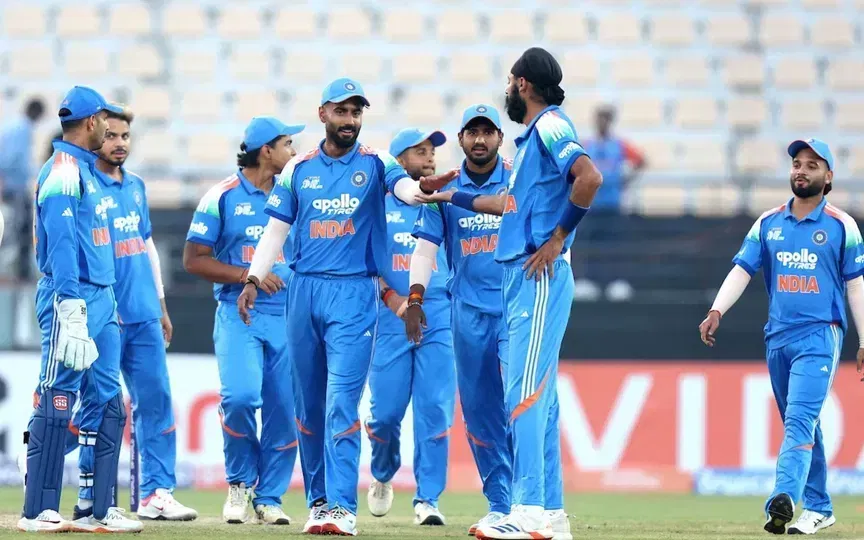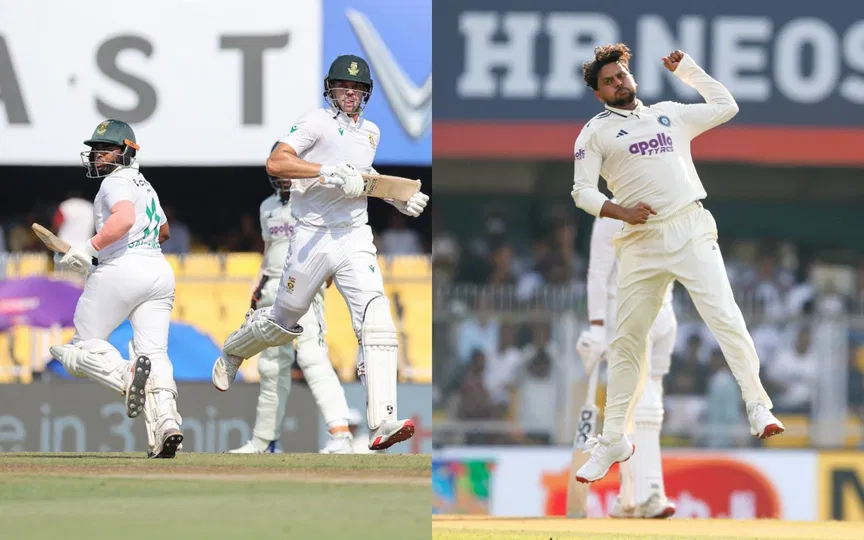![Priyansh, Jitesh and Naman played Asia Cup Rising Stars [Source: AFP]](https://onecricketnews.akamaized.net/parth-editor/oc-dashboard/news-images-prod/1763807746419_arya_naman_IND(1).jpg?type=hq) Priyansh, Jitesh and Naman played Asia Cup Rising Stars [Source: AFP]
Priyansh, Jitesh and Naman played Asia Cup Rising Stars [Source: AFP]
India's unexpected exit from the Asia Cup Rising Stars left them with more questions and fewer answers. A defeat from arch-rivals Pakistan, followed by another blooper in the semifinal that saw them go down against a spirited Bangladesh outfit, proved nothing but the lack of readiness and competitive spirit in the Indian camp.
Interestingly, this was India's second consecutive middling performance in the Emerging Asia Cup competition. With IPL sensations comprising their star-studded outfit on both occasions, India's successive torrid campaigns are more like self-inflicted injuries and indicate an evident chink in their armour.
Big names, small impact: India's emerging Asia Cup failure in nutshell
| Players | Runs/Bat Avg | Bat SR | Wickets |
| Nehal Wadhera | 77/25.66 | 105.47 | NA |
| Priyansh Arya | 74/18.5 | 168.18 | NA |
| Naman Dhir | 106/26.50 | 143.24 | 2 |
| Ashutosh Sharma | 13/6.50 | 108.33 | NA |
| Suyash Sharma | NA | NA | 4 |
| Ramandeep Singh | 34/17 | 121.42 | 2 |
(Performance of prominent IPL players in Asia Cup Rising Stars 2025)
The 2024 edition of the Emerging Asia Cup witnessed India's dominance at its early stage, as the Men in Blue secured convincing wins over Pakistan Shaheens, the UAE and Oman. However, a defeat against Afghanistan led to India's premature exit, with the Tilak Varma-led side failing to qualify for the final.
India's decision to replace Tilak with Jitesh Sharma as the captain didn't work like a magic wand either, as they once again crumbled in the semis, this time against Bangladesh.
With due respect to Afghanistan and Bangladesh, these two Asian teams are nowhere close to India in terms of quality and bench strength at the grassroots level. In such a scenario, the Indian outfit getting comprehensively beaten by the underdogs implies a problem, which could also be skill-related.
Apart from Abhishek Sharma and Tilak Varma, none of the Indian players breached the 100-run mark in the 2024 edition. The number marginally increased to three in the 2025 emerging tournament, but most of the marquee names failed to deliver, as evidenced by the data in the above table.
IPL: Talent-scouting event reduced to mere business model
India's passionate fan base set sky-high expectations from the Indian Premier League when Lalit Modi masterminded its foundation in 2008. In fact, the league gave India some of the most prominent stars- Jasprit Bumrah, Hardik Pandya, Yuzvendra Chahal and Suryakumar Yadav, to name a few.
However, with the administrators adopting viable business models for sustainability, the IPL has unofficially been reduced to a glamorous entertainment extravaganza from an event that originally had cricket as its soul.
Flat pitches have made 200-plus totals a norm in the IPL, while the impact player rule gives further luxury to the teams, allowing them to modify their strategies mid-game. These made-up non-cricketing arrangements, envisioned to make the IPL interesting, have widened the margin of error, affecting the players' judgment and ability to thrive under actual game scenarios.
Despite all this, the BCCI continues to treat the IPL as the first and foremost benchmark for judging the budding talents.
The result is quite evident. An orange-cap holder like Sai Sudharsan, who barely averages 39 in First-Class cricket, has already played Tests for India with modest success, while IPL superstars fail to perform in alien conditions, precisely which they have been subjected to in the emerging Asia Cup editions.
India crumble in Asia Cup Rising Stars: Why the BCCI must be concerned?
India's squad for the Asia Cup Rising Stars had multiple players who have proved their mettle in the IPL. The BCCI's mindset to consider IPL as a talent-scouting event, especially when the pressure and playing conditions in the tournament rarely match those in multinational events, is evidently flawed.
But more importantly, the inability of the Men in Blue to withstand pressure against teams like Bangladesh and Afghanistan raises questions over India's vast talent pool. Not too long ago, Hardik Pandya's statement that India could field three separate teams and still win all games backfired on the Men in Blue when Sri Lanka rattled them in the 2021 white-ball series.
India seem to encounter a similar situation at the moment, with substantial gaps existing between the first-choice white-ball players and their backups. So, it's high time the BCCI pulls up its socks and starts prioritising such tournaments to build India's next-gen core. Otherwise, it will undoubtedly be hit hard by cricketing tragedy that might not leave either time nor scope for regret and introspection.



.jpg?type=mq)

.jpg?type=mq)
